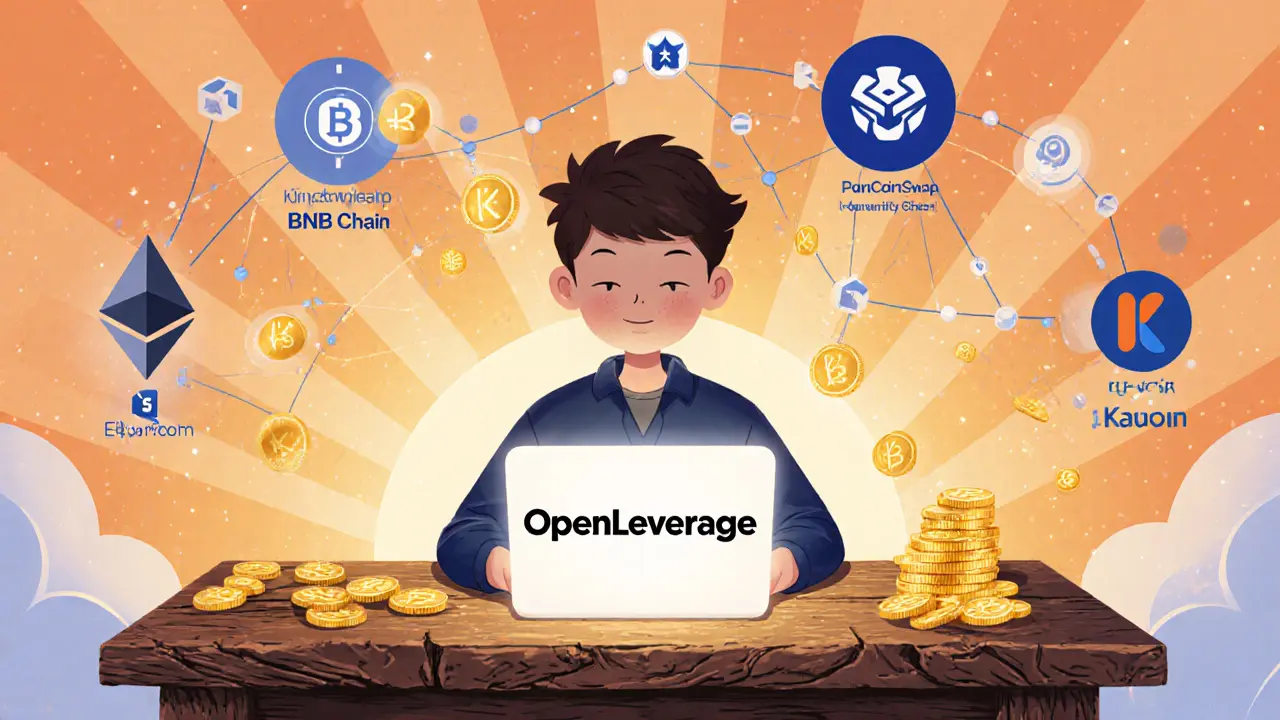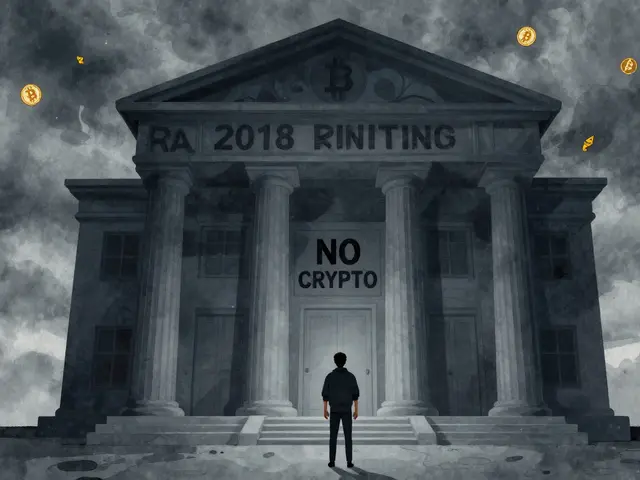DeFi margin trading: How it works and what you need to know
When you trade on DeFi margin trading, a way to borrow crypto to increase your position size on decentralized exchanges. Also known as leveraged trading on blockchain, it lets you control more assets than your wallet holds—using other people’s funds as collateral. This isn’t like traditional brokers. No bank approves you. No credit check. You lock up your own crypto, and a smart contract lends you more—usually up to 5x or 10x your stake. But if the market moves against you, you don’t just lose your profit. You lose your entire collateral.
DeFi margin trading relies on liquidity pools, smart contract-based reserves where users deposit crypto to earn fees. These pools fund the loans you take out. Platforms like Apex Protocol, a decentralized exchange offering perpetual contracts and margin trading, and iZiSwap, a zkSync-based DEX with low fees and high liquidity, are built around these systems. You’re not trading against a person—you’re trading against code. That means faster trades, but also no human to stop the crash when things go wrong.
People use DeFi margin trading for three main reasons: to amplify gains, to short sell assets they think will drop, or to hedge their existing crypto holdings. But most beginners don’t realize how quickly liquidations happen. A 10% dip in Bitcoin can wipe out a 10x leveraged position. That’s why smart traders keep extra collateral, avoid over-leveraging, and watch funding rates. It’s not gambling—it’s risk management with code.
You’ll find posts here that break down real platforms, explain how to avoid getting liquidated, and show you which tokens are actually used for margin trading—not just hype coins. Some posts cover how exchanges like DFX Finance handle stablecoin-only trades, while others dig into how protocols like Ozonechain or Apex Protocol structure their lending terms. There’s even a review of a crypto exchange that’s risky to use for margin at all. This isn’t a beginner’s guide to buying Bitcoin. This is about how real traders use leverage on blockchain—and what happens when it goes sideways.
OpenLeverage (OLE) Crypto Coin Explained - How It Works, Tokenomics & Risks
Learn what OpenLeverage (OLE) crypto coin is, how its margin trading protocol works, tokenomics, risks, and how to start using it-all in clear, simple terms.





